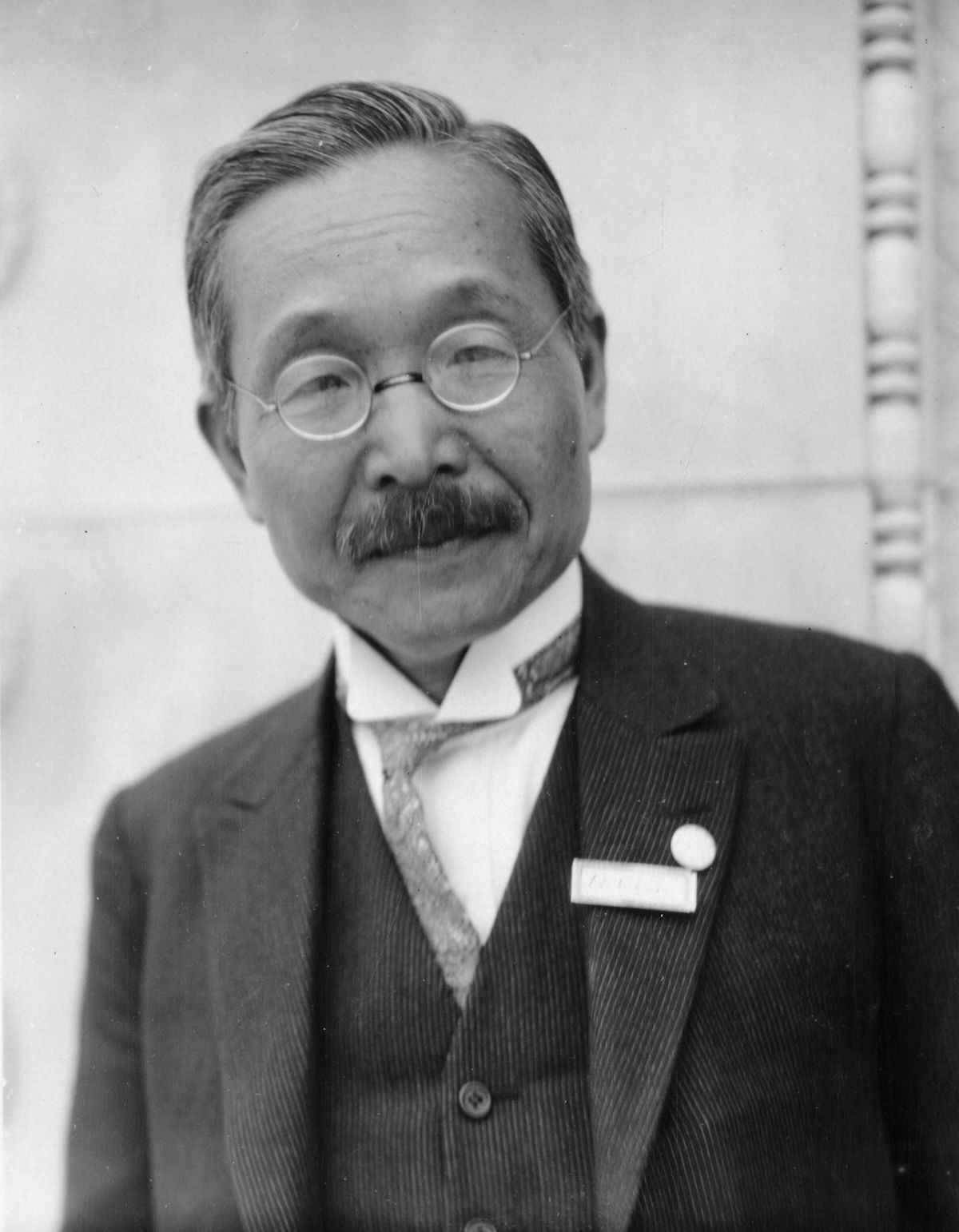Kikunae Ikeda’s MSG Revolution
On 25 July 1908 chemistry professor Kikunae Ikeda gave name to an elusive new taste: umami.

For Yi Yin, adviser to China’s Shang dynasty in the second millennium BC, there were five tastes: bitter, salt, sweet, sour, and pungent. For Aristotle there were seven: to Yi Yin’s list he would have added astringent and harsh. But only the first four were widely accepted.
That is, until Kikunae Ikeda, a professor of chemistry in Tokyo, added a fifth. Born in 1864, Ikeda had studied in London and Leipzig, where he first encountered tomato, asparagus, meat, and cheese. They all had a taste he couldn’t quite identify.
Then in 1907 he tasted some Laminaria japonica, a seaweed his wife used to prepare dashi. He recognised the same elusive quality, ‘usually so faint and overshadowed by other stronger tastes’, he said. But what was it?
Ikeda took 12kg of Laminaria into his laboratory and extracted what we now call monosodium glutamate (MSG). ‘Just as honey and sugar gave us so clear a notion of what sweet is’, he said, ‘the salts of glutamic acid are destined to give us an equally definite idea of this peculiar taste quality.’ He named that quality umami, from the Japanese umai, meaning ‘delicious’.
Ikeda’s patent was granted on 25 July 1908. He founded a company, Ajinomoto, to produce MSG; it is now worth £17 billion. Umami has conquered the world.